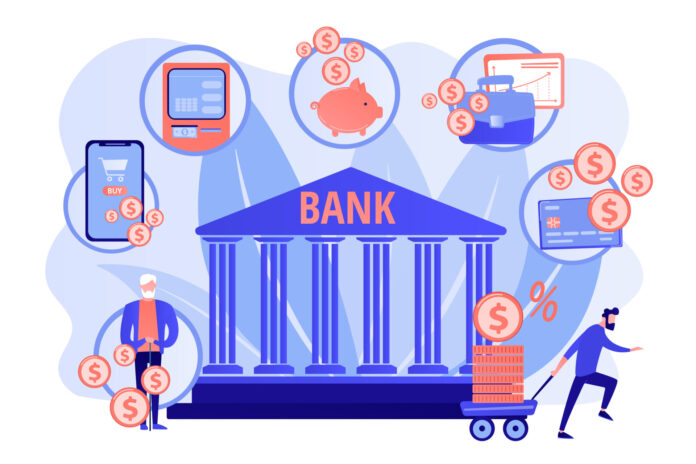
Iowa banks reported a net income of $391 million for the first quarter of 2021, a nearly 61% increase from the first quarter of 2020, according to the Quarterly Banking Profile released Wednesday by the Federal Deposit Insurance Corp.
Iowa-chartered banks continued to support the state’s economy with $68.6 billion in active loans on their books as of March 31, an increase of 5.1% from the prior year according to the Des Moines Business Record. The quality of these loans also remained strong, as net loan charge-offs decreased to 0.02% of total loans, compared with 0.09% from the prior year.
Total deposits at Iowa banks were $92.5 billion as of March 31, up a record 20.5% from the first quarter of 2020 when deposits totaled $76.7 billion, according to an analysis by the Iowa Bankers Association.
“Iowa banks continue to be a source of strength for economic recovery from the pandemic,” said John Sorensen, president and CEO of the Iowa Bankers Association. “The first quarter FDIC results clearly demonstrate the impact of recent government stimulus programs, as loan demand has moderated while deposits in consumer and business bank accounts have grown. We believe these trends are likely to reverse as the economy fully reopens during the latter half of this year.”
Nationally, banks reported net income of $76.8 billion during the first quarter, up 315% from one year ago. Furthermore, nearly three-fourths of all banks reported higher quarterly net income compared with a year ago. The share of unprofitable institutions dropped from 7.4% a year ago to 3.9%.
The banking industry reported an aggregate return on average assets ratio of 1.38%, up 1 percentage point from a year ago and up 28 basis points from fourth-quarter 2020. The main driver of the higher earnings was a negative provision expense, the first in the history of the Quarterly Banking Profile, as banks adjusted expectations for potential future credit losses.
At the same time, the persistent low-interest-rate environment and a decline in loan volume caused further contraction in the average net interest margin, which reached a new record low. The industry net interest margin fell 57 basis points from a year ago to 2.56%.
“Despite continued challenges, the banking industry remains resilient,” FDIC Chairman Jelena McWilliams said in a statement. “Strong capital and liquidity levels support lending needs and help protect against potential losses.”




